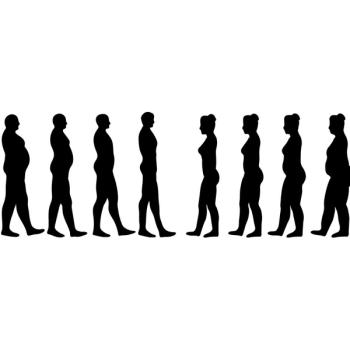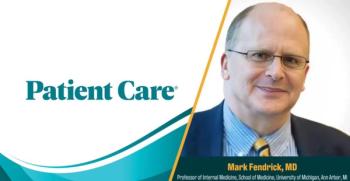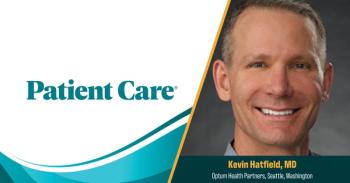
Closing the Gap in Lung Cancer Screening: Overcoming Barriers, Improving Early Detection

ACP 2025: Kim Sandler, MD, outlines key strategies to boost lung cancer screening uptake in primary care.
Despite strong evidence supporting the effectiveness of
The following transcript has been edited for clarity, style, and length.
Patient Care: You mentioned that only 15% of eligible individuals are currently enrolled in lung cancer screening programs. What strategies can primary care providers use to help increase that number?
Kim Sandler, MD: Knowledge and fear are two major barriers we often see. That’s why it’s so important for primary care providers to partner closely with radiology. These providers see their patients every year and play a key role in making sure patients are aware that lung cancer screening is available—and that it’s covered by insurance under the Affordable Care Act.
Having those conversations with patients can help alleviate fear. Many people worry about what screening might find or what the next steps might be. And because we're dealing with a disease linked to smoking, we also want to be sensitive to the stigma that can come with that. It's important for patients to know there's no blame involved in this process. No one deserves lung cancer. This is about early detection and survival. It's also an opportunity to support smoking cessation if that's relevant for the patient, but the primary message is that screening can save lives.
Patient Care: What were the most compelling statistics from your presentation regarding the efficacy of screening and reducing mortality rates?
Dr Sandler: The 20% mortality benefit from lung cancer screening is a big one. That figure comes from the National Lung Screening Trial, but other randomized controlled trials—both in the U.S. and globally—have shown similar or even better outcomes. These trials vary in terms of age ranges and screening frequency, but across the board, we consistently see at least a 20% reduction in mortality.
From our own clinical experience, around 70% of the lung cancers we detect through screening are at an early stage. That’s a huge improvement over the roughly 20% early-stage detection rate we might see without screening. Early detection means we can often treat the cancer with minimally invasive surgery, and in many cases, patients won’t need chemotherapy or radiation. After treatment, they can return to surveillance and then resume annual screening.
So, when we find lung cancer early, that’s actually the best-case scenario. It gives us a real chance to cure the disease and significantly improve the patient’s outcome.
For more of our conversation with Dr Sandler about her presentation given during the session, "Clinical Triad: Lung Cancer in 2025: A New Day Is Dawning," check out:
Benefits of Lung Cancer Screening: A Conversation with Kim Sandler, MD Shared Decision-Making in Lung Cancer Screening: A Collaborative Approach
For more 2025 ACP Internal Medicine Meeting coverage, please click here.
Newsletter
Enhance your clinical practice with the Patient Care newsletter, offering the latest evidence-based guidelines, diagnostic insights, and treatment strategies for primary care physicians.
















































































































































































































































































